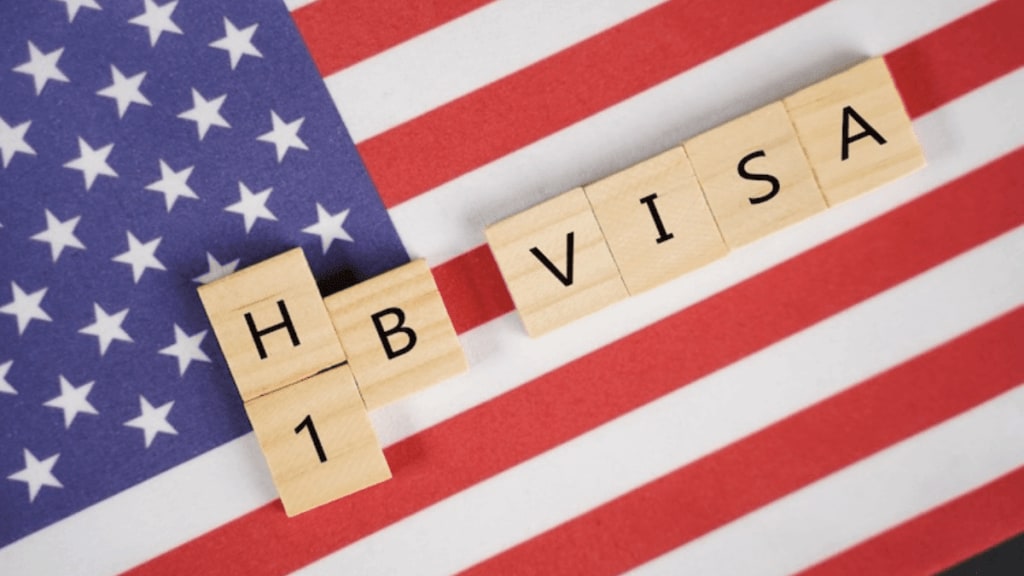The move away from a lottery to a merit-based H-1B visa system will favour Indian STEM (science, technology, engineering and math) talent, particularly those with advanced degrees and specialised skills in STEM-related occupations, industry executives and analysts said. India produces one of the world’s largest pools of engineers and scientists, and candidates who combine this strong foundation with expertise in emerging fields such as AI, data science, or cybersecurity will find themselves at a clear advantage.
US lawmakers are pushing bipartisan Bills to raise wages, tighten hiring rules, and end the lottery system in favour of higher pay-based selection. India accounts for 71% of H-1B approvals. As an annual producer of over 2.25 million STEM graduates, the country is uniquely positioned to benefit from this shift. Industry experts said that by rewarding higher education and niche capability, the system could open more doors for top-tier Indian professionals. Also, this move sets the stage for a new era in US-India technology collaboration, unlocking high-impact opportunities not just for individual workers, but for the entire digital economy.
‘Decisive Win’ for top STEM professionals
“Replacing the H-1B lottery with merit-based selection is long overdue and a decisive win for Indian technology,” said CP Gurnani, co-founder and vice-chairman, AIONOS. “This reform ensures that top STEM professionals are recognised for skill, not luck, giving Indian IT companies a tangible competitive edge. They can now deploy the best talent efficiently, scale high-value services worldwide, and strengthen their global partnerships. Indian professionals are poised not just to contribute, but to lead breakthroughs on a global scale,” he stressed.
According to Gagan Arora, president of Vertex Global Services, a homegrown IT firm, the new merit-based system opens doors for India’s highly skilled workforce, especially those with advanced STEM degrees, to access high-impact global roles. “By rewarding advanced degrees and specialisation, the new system will ensure that the very best talent, regardless of geography, can drive transformation in critical sectors like AI, cybersecurity, and sustainable technology. We believe this policy change will accelerate knowledge exchange, fuel next-generation research and development, and cement India’s reputation as a global technology powerhouse,” he said.
New barriers and strategic shifts for Indian IT
However, this opportunity comes at a time of heightened uncertainty. The recent surge in H-1B visa fees and a tightening of US immigration policies present certain barriers for Indian IT professionals and students. Reduced access to US jobs could limit career trajectories, curtail remittances, and constrain the valuable cross-border flow of skills. For Indian IT companies, the implications are twofold. Firms that traditionally depended on volume hiring at entry-level wages may find it harder to get those applications through. But at the same time, companies that invest in high-value roles, offer globally competitive salaries, and encourage advanced skill development will benefit, as their talent will be more competitive under the new rules.
“If the US policies do not adapt itself towards opportunities of attracting and retaining niche STEM talent from India, then it will only lose such talents to other immigration friendly nations like Canada and Australia,” feels Ravi Veeravalli, principal consultant, Star Global Education Alliance. According to him, the Canadian PM Mark Carney has already expressed publicly that Canada could be the home to such advanced talent who may be displaced from the US after the new H-1B fee hike kicks in. Also, Australia has a very evolved points based-skilled migration system and National Innovation Visas (NIV) for exceptionally talented professionals globally.
Uma Ganesh, chairperson of GTT Foundation said that 70% of Indian students studying abroad have been opting for STEM education due to attractive career opportunities with majority of them preferring US, Europe, Canada and Australia. The US government tends to favour those who may be graduating from US universities. “Indian youth of top notch calibre, who are keen on being plugged into the career opportunities there, would be able to find avenues through US education.”
Overall, the change shifts the focus from numbers to quality. It will encourage Indian students and professionals to pursue advanced education, including US graduate programmes, and push Indian IT firms to reorient towards innovation-led, higher-skill engagements. In the long run, this could strengthen India’s position in the global technology talent market, Veeravalli said.


